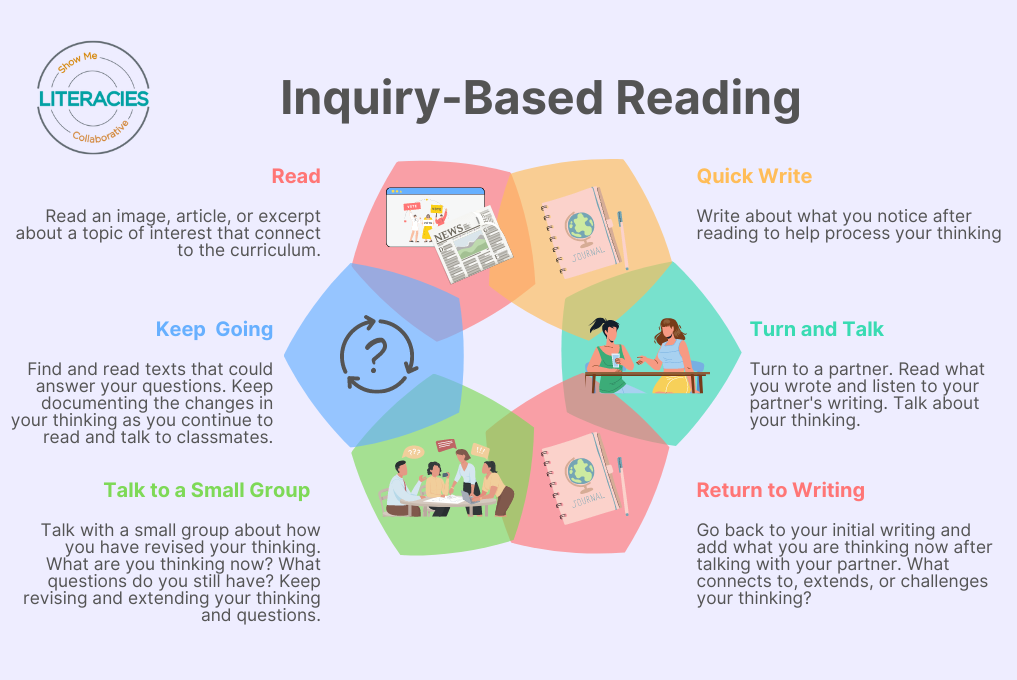INTEGRATED LITERACY INSTRUCTION
Integrated approach to literacy means that reading, writing, speaking, listening, language, visually representing, and thinking cannot be separated out. All are related, and integrating our teaching shows positive results. For example, research on writing instruction shows higher student outcomes when reading is integrated (Graham, Liu, Bartlett, et al., 2018; Slavin et al., 2019). And, separate studies on reading instruction shows significant improvement when writing is integrated (Baye et al., 2019; Graham & Hebert, 2011).
The shared knowledge model conceptualizes reading and writing as two buckets drawing water from a common well or two buildings built on a common foundation.
Consider these four key ideas from research for integrating literacy instruction
1. Literacy as meaning-making - Teach students to understand that both writers and readers use similar strategies, knowledge, and skills to create meaning.
2. Read like a writer - Use mentor texts, print and digital written and multimodal exemplars from expert and professional authors, to highlight the key features of texts, genre, and author's craft.
3. Read own writing - Read our own writing to guide revising and editing. Read our peers' writing and provide each other feedback. Share our writing through read alouds to experience reading and writing for enjoyment.
4. Write to respond to reading - We understand and retain content in science, social studies, and other areas when we write about it and write about our thinking about it. And, we continue to build our understanding as we talk to others about our thinking.
The image below shows how reading and writing can be integrated as students follow a line of inquiry to make-meaning, read texts to gain content knowledge, read texts as mentor texts, write while reading texts to clarify their thinking, write to extend their thinking, read their writing to others and discuss, and more.

